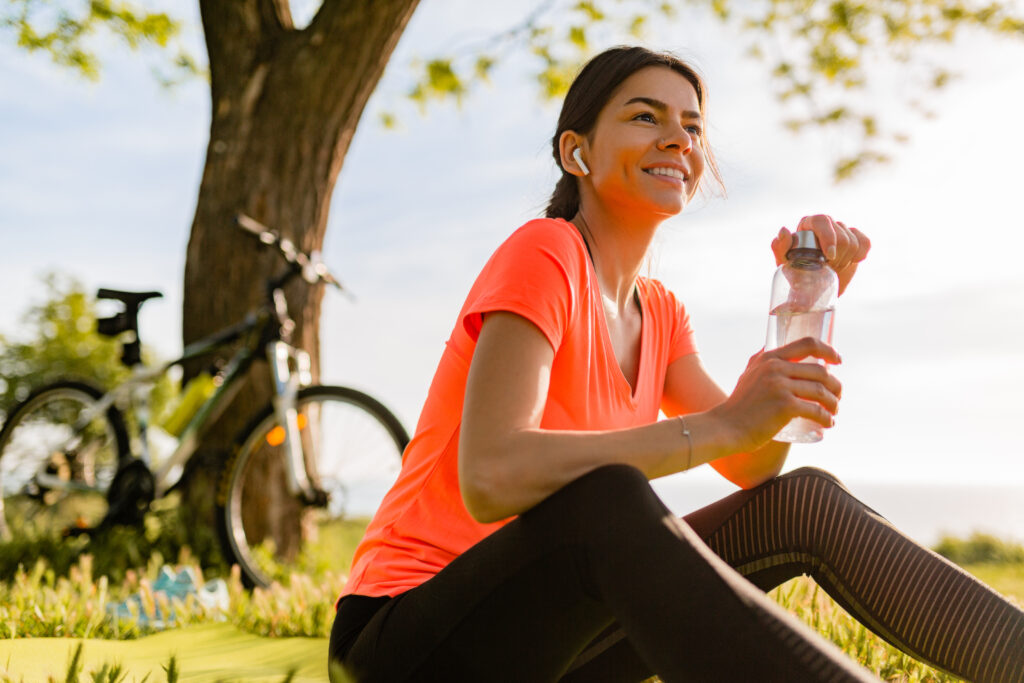Boost Bone Strength 3% for Fracture Protection: Discover How
Key Takeaways:
Small boosts in bone health can yield big benefits, particularly when it comes to protecting yourself against major issues like hip fractures. There are many factors that account for bone loss, including advancing age, disease, menopause, lack of exercise, and inadequate nutrition. Weight-bearing activities plus extra calcium and vitamin D can boost bone strength. For some people, testosterone therapy—possibly combined with estrogen (for women)—can be a good choice to stave off or reverse bone loss.
Breaking any bone is no fun, but fracturing a hip can be particularly serious for older people. A study published last year found that for people in their 60s who have had a hip fracture, 6.5% of women and 9.4% of men died within a year. Among people in their 80s, 13.1% of women and 19.6% of men died within a year.

The Impact of Bone Strength:
The good news is that increasing your bone strength can help stave off these issues, and it’s very possible to do. Even a small boost in bone mineral density has been shown to pay big dividends in terms of reduced risk of fracture, especially hip fracture. A decades-long Australian study suggests that achieving just a 3% increase in bone strength markedly lowers your chance of breaking a hip.
For the study, researchers enrolled two groups of people aged 60 and older, one beginning in 1989 and the second in 1999. At the outset, they measured the bone mineral density of each subject’s femoral neck joint, which sits at the top of the thigh bone near the hip. Then, they followed the subjects for years to see who experienced hip fracture. While bone mineral density of the second group was only 3% higher than that of the first group, these subjects experienced a 46% reduction in hip fracture.

Strategies to Counter Bone Loss:
Given these results, it’s clear that making just a few small changes in your life can have an outsized impact on bone health and, by extension, overall well-being. Here’s how to start.
Why Does Bone Loss Happen?
Bone loss is progressive in both men and women, with the incidence rising as people age. Osteoporosis, a condition in which bone tissue deteriorates, affects 10 million Americans, and another 43 million have low bone density, which is a precursor to osteoporosis.
“Our bones are constantly undergoing breakdown and formation as a normal remodeling process,” Eric Tam, MD, a primary care physician with Might Health in Los Angeles, told Verywell. “Osteoporosis is caused when there is an impaired balance of this process, resulting in more bone breakdown than bone formation.”
Buoying Bones With Exercise:
While some loss of bone strength may be common—perhaps inevitable—as we age, experts say there are a number of strategies to counter it. At the top of the list is exercise, specifically weight-bearing activities.
Does Diet Matter?
What you put into your body definitely affects your bones, with calcium and vitamin D at the top of the list. Lindberg notes that while calcium is a key to bone building, you need vitamin D in order to absorb the calcium you ingest. Calcium can be found in dairy (many dairy products and non-dairy alternatives are fortified with calcium), along with leafy greens, beans, and almonds.
“Vitamin D mainly comes from sunlight, but is also found in fish, mushrooms, fortified milk, and supplements,” she said.
Hormone Therapy May Also Help:
While it’s more typical to hear about testosterone as a male hormone, females produce it naturally as well. Because testosterone acts to promote bone formation, the fact that levels drop as we age negatively impacts bone strength. A treatment called hormone therapy can help.
“Testosterone takes a slow curve down, starting with women in their 20s and starting with men in their 30s,” Bruce Dorr, MD, a Littleton, Colorado-based urogynecologist, told Very well. The typical drop in testosterone levels in women is 1% to 3% per year before menopause and stabilizing somewhat afterwards.

Dorr said the guidelines for treating women with testosterone are not as clear as they are for men. But for his female patients at risk of bone loss, he often prescribes testosterone in the form of pellets that continuously emit the hormone in a bioidentical form. For these patients, he’s careful to keep the dose low enough so they don’t experience unwanted hair growth or skin changes.
Dorr is in favor of combining testosterone with estrogen in female patients, as the combination is particularly effective at boosting bone growth. Not everyone is a candidate for hormone therapy, though, like people with a history of breast cancer, heart disease, blood clots, or liver disease.
“When you give estrogen, it helps [prevent] bone absorption, or bone breakdown,” he said. That benefit, combined with testosterone’s bone-building properties, make the combination a solid choice for women concerned about osteoporosis. “When we combine testosterone with estrogen, we see almost a doubling—4% to 5% per year—of bone growth.”
Women may not want to wait until they experience bone loss to begin taking hormones, Dorr said. He advocates starting a hormone regimen well before menopause to stave off or delay osteoporosis, and recommends that women interested in going this route find a provider knowledgeable about both testosterone and estrogen.
This blog post is based on an article by Laurie Saloman, originally published here
